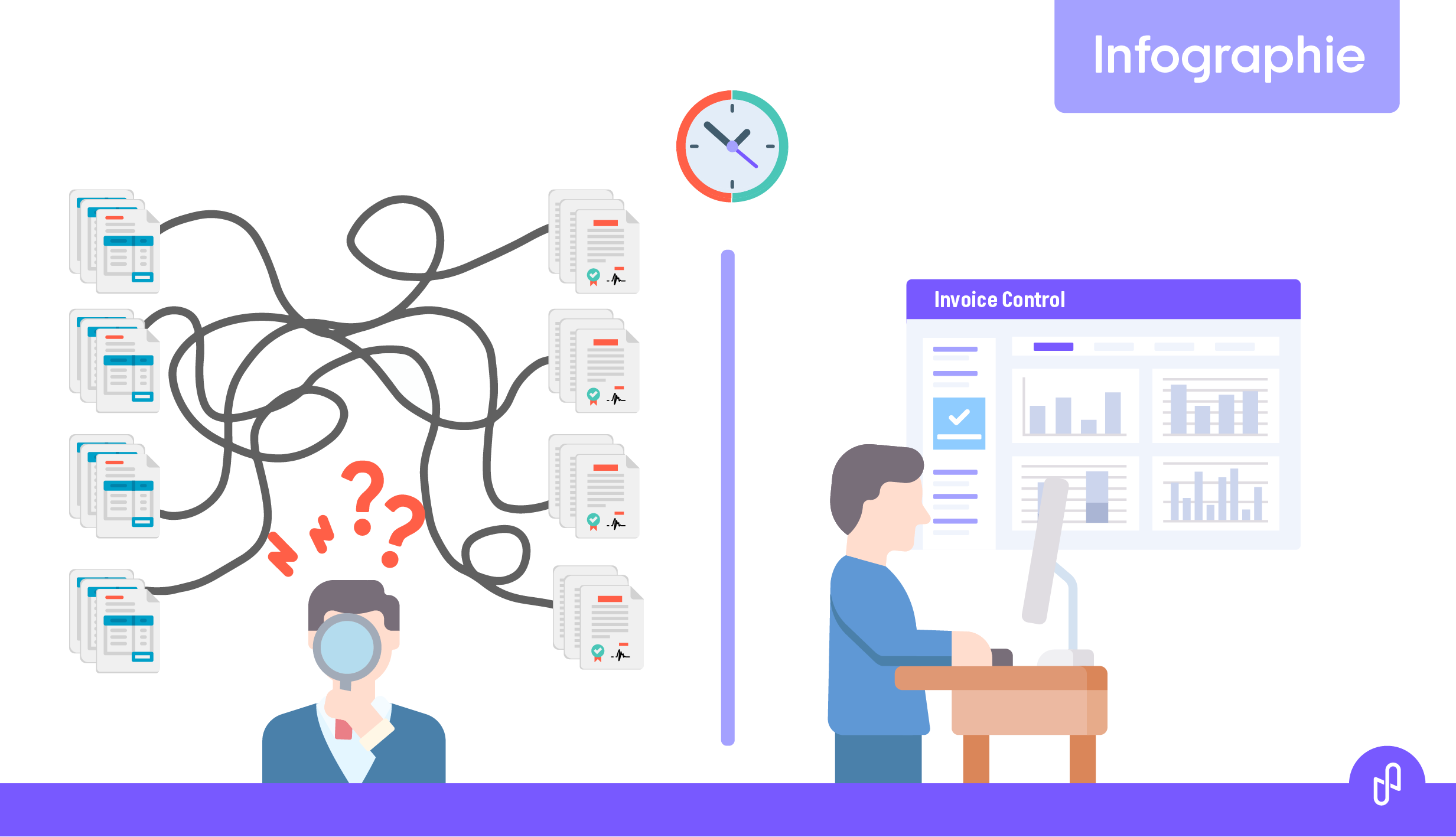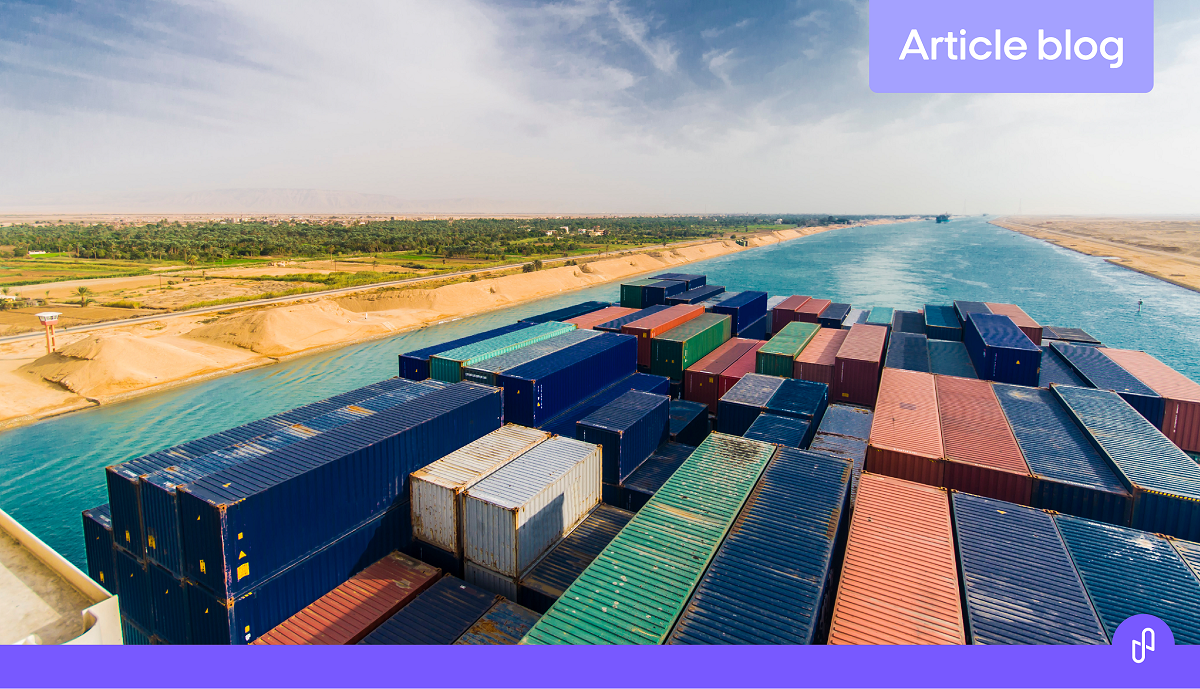
The luxury industry is thriving and that shouldn’t change any time soon.
According to Bain & Company consulting firm and its Global Luxury Goods Market study published in 2022, the global luxury goods market saw a major leap forward in 2022, with a 13% progress at constant exchange rates compared to 2021. The growth benefited 95% of all luxury brands.
This growth is definitely driven by the strong demand of the APAC region as well as by the spread of e-commerce which should amount to as much as 30% of total luxury goods purchases by 2050.
The environmental toll of this success is undoubtedly significant. Besides, the luxury industry is subject to growing expectations and demands as to its environmental footprint. Decarbonizing has become a key concern for luxury Groups and companies. From product design to delivery to the final client, the industry players have been pioneering this issue and regularly showcase the numerous actions taken by the different Groups. Focused at first on the product’s ecodesign, these initiatives tend to be more and more directed towards the transportation of goods, a component slowly but finally becoming part of the core decarbonization strategies of the luxury industry players.
The environmental footprint of freight transport is far from neutral, with an estimated share of more than 10% of global greenhouse gas emissions (GHG emissions). Even worse and contrary to the fixed goal expressed by the French Agency for Ecological Transition (ADEME) of carbon neutrality in freight transport by 2050, this share is rising. The business-as-usual scenario forecasted by the International Transport Forum plans a 22% growth of emissions by the same year if current circumstances remain unchanged.
Given the luxury industry’s growth perspectives and the main role played by air freight transport in most of its flows (air transport being the largest emitter of GHGs of all modes of transport, although a particularly suitable solution to the needs of safety and timeliness inherent to this industry), the growing focus of the luxury industry’s companies about transport greening comes as no surprise. Transport unquestionably makes up for a large part of their emissions.
Let’s be clear here: modal shift to maritime or rail transport when possible seems to be (along with relocation) the only solution with a real impact on the actual decarbonization of the industry.
Therefore, transport decarbonization seems to be a prerequisite for luxury players. As coined by François-Henri Pinault, CEO of Kering Group, “Sustainability marks a fundamental break that will reshuffle all the industry’s cards. Current companies’ leading status of tomorrow will be determined by their understanding of this break today”.
In their efforts to comprehend this shift as best as possible, the transport teams of the industry’s Groups and Houses must act carefully and methodically to build and drive coherent and ambitious roadmaps, starting necessarily with a representative view of their baseline situation.
Identifying the starting point for a safe and sound arrival at destination
When it comes to the decarbonization of freight transport, everything starts with a reliable calculation, representative of GHG emissions issued by each shipment. This approach applies to every type of shipment, transport mode, type of energy used, or global destination… The calculation’s reliability depends mainly on the quality of the data input.
The key aspect here is to ensure one’s capacity to provide an efficient and high-performing management of this approach on a long-term basis, which implies:
- Setting up a qualitative and reliable state of play which will give strong foundations to design an effective action plan
- Managing and analyzing said action plan’s effectiveness as well as potential slides that might affect it to implement corrective measures
Therefore, it appears critical to have available a clear state of play showing the level of gas emissions issued by each House during a given time. This finding will help to provide an initial assessment of the different sources of gas emissions making up the largest share of the carbon balance, which will be used to build a roadmap both realistic and truly representative of the transport activity of a Group.

Understanding a reliable calculation of GHG emissions is a major cornerstone.
In addition to the general relevance of this approach, the real benefits of a reliable calculation show in different ways and are not limited to the following:
Capitalizing on reliable and understandable conclusions gives the ability to share a common vision between all Houses of a Group and have a clear picture of each player’s involvement in the evolution of GHG emissions.
Calculating greenhouse gas emissions also allows to put in perspective all organizations to identify common ground between Houses and allows for the implementation of a shared pool of transport flows. It can also help to highlight similar constraints shared by different players part of the same Group (such as delivery time, shipped goods’ worth, the importance of packaging and customer experience…).
It also provides luxury players with tangible and undeniable data during negotiations with transport service providers and can offer the insurance of tight control of their service, which can be improved by capitalizing on reliable information on their activity.
Lastly, this approach ensures a concrete and relevant information base that can be used to feed a transparent communication strategy, meeting the expectations of all external stakeholders such as clients, organizations, associations, or certification bodies.
When it comes to these stakeholders, it goes without saying that transparency and truthfulness are prerequisites, the absence of which presenting a risk of potential media backlash. The biggest risk for all organizations is to get accused of greenwashing. In its Greenwashing Research Report published in January 2023, Sensu consulting firm points out that 89% of the general public express care for companies’ and brands’ environmental positioning. 86% of them actually call for more transparency on environmental topics.
The key to reliability lies in transport data.
As explained earlier, all this approach comes down to data: but freight transport professionals will agree that their industry lacks maturity when it comes to data, and its reputation as a “black box” is unfortunately still strong, even though some changes are currently taking place.
It must be said though that it is an arduous job. To capitalize on a truthful and reliable calculation of the GHG emissions issued by their transport activity, the project teams must collect, process, standardize, and consolidate a large volume of data spread across multiple sources and of mixed nature depending on each transport company, place of dispatch or warehouse.
To add to the challenge, the Luxury industry has many specificities, such as the global dimensions of the major Groups, themselves divided into Houses with their own processing of transport data, using their own tools and methods…
All this complexity makes up for a mix of assorted methodologies with mismatched maturity levels, all developed internally by the players and supported by mostly unsuitable tools (such as Excel, which we should ban from viewing as a transport control tool ever again!).
The main problem faced by a Group committing to an ambitious roadmap with concrete and quantified targets is the necessity of a well-defined approach, commonly shared by all its internal Houses that need to align and act collectively.

How to get there?
Summarizing this collective approach comes down to 2 major cornerstones:
- On one hand, a reliable calculation methodology that accurately represents the transport activity of the Group as a whole
- On the other hand, the use of advanced tools capable of processing all the implications of this calculation, thus delivering significant and actionable results, essential to create and discuss a feasible, credible, and realistic roadmap
The right methodology in 3 words: universality, comparability and reliability
To implement an accurate calculation and a qualitative monitoring of greenhouse gas emissions, companies desperately need information, collection of which implies an ongoing collaboration with transport service providers. The transport partners must be able to report reliable and workable data; that can be helped by the use of high-performing information systems and tools, as will be discussed below.
To secure the comparability of these results, the calculation must use the raw activity data and include all emissions in a “well-to-wheels” perspective (from energy production to its final consumption). This will enable the standardization of a strict and precise calculation process and will put in perspective the real GHG emissions impact of vehicles or transport modes supplied by different energy sources.
GHG emissions depend on the type and volume of energy used. Estimates of the energy volume must include variables all depending on the transport plan of each shipment:
- Mode of transport and type of vehicle as well as engine power used
- Total distance traveled by shipment
- Share of distance traveled by laden or empty vehicles
- Filling ratio of vehicles used throughout shipment
Advanced and complete modeling of all the above data will give an output truly representative of the GHG emissions issued by each segment of the transport operation within the whole Group.
Let’s take a look at a good example of a transport situation specific to the Luxury industry, involving transport by air. Key elements used to model every transport plan in the most precise way possible will be found in invoices:
- What is the flight number?
- What are the airports of origin and destination?
- Is it a direct flight or does it include a connection? (The footprint of a connection is high since a plane’s peak GHG emissions occur during take-off and landing.)
Furthermore, one must not skip all the different pre- and post-carriage stages, which must also be modelized using the same logic.
The method has been tried and tested, but its success is inextricably dependent on the level of digitalization maturity. Nothing is possible without the use of adequate tools, ensuring a faithful and reliable calculation as well as allowing for real monitoring of transport decarbonization.
Record and lead the decarbonization process by using the right tools.
Pragmatically speaking, here is a potential checklist of needed functions for an advanced tool used for the calculation and management of GHG emissions:
☑️Ability to combine detailed flows for all transport activities, modes, etc…
☑️Automation of data collection, compliance, and homogenization
☑️Ability to manage data completion and enrichment
☑️Ability to specify transport plan for each shipment (transport company and segments, used vehicles and energies, Incoterm…)
☑️Ability to include calculation of real traveled distances
☑️Inclusion of the different GHG emissions factors to generate the calculation
☑️Transmission of the calculation model and access to data details, easily shareable with all stakeholders
☑️Interoperability both in entry point and supply for other tools
When it comes to picking a tool, the best practice would be to do so in accordance with serious and well-defined benchmarks such as the GLEC Framework, which keeps an updated list of certified tools, or the ICO 14083 standard.
Lastly, beyond a reliable calculation, we must keep in mind that relevant digitalization also plays a key role in the internal cohesion surrounding the ambitious goals of decarbonization: by allowing the project teams to go beyond the complexity of data and their examination, advanced tools are key pillars in supporting collaboration and information sharing between the different departments. The teams will also save a significant amount of time that can be used in a concrete way to implement decarbonization, to design relevant roadmaps, and pull the right levers.
To conclude, best practices for calculating GHG emissions come down to two inseparable key components:
- A thorough, well-researched, and comprehensive calculation methodology that can be extended to all the internal components of a Group
- The advanced tools that can materialize this shared approach and will help each House’s teams to measure and track their GHG emissions, collectively aiming for a real transformation with proven results.




